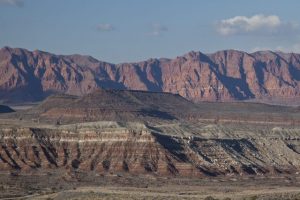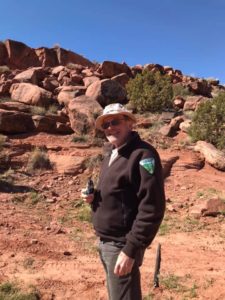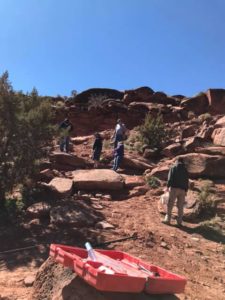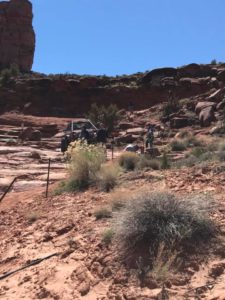BLM purchases $5 million land parcel in desert tortoise preserve
Written by Mikayla Shoup
St George News
ST. GEORGE — The Bureau of Land Management recently purchased a $5 million parcel of land from a private landowner in the Red Cliffs National Conservation Area.

The Red Cliffs National Conservation Area, Washington County, Utah.
Photo courtesy of the Bureau of Land Management, St. George News
The purchase of the 113-acre property, located within the boundaries of both the Washington County Mojave desert tortoise mitigation reserve and the Red Cliffs National Conservation Area, was closed on Aug. 15.
The purchase was made as part of the BLM’s efforts to consolidate land within the conservation area. Currently, the land is under “checkboard ownership,” meaning that the conservation area is owned by a number of private parties and government agencies.
“What we’re looking at doing is to consolidate the land ownership within the Red Cliffs NCA, which allows for us to continue the conservation stewardship and partnership with local communities, specifically Washington County,” BLM spokesperson Christian Venhuizen told St. George News.
According to the agency, having the land belong to multiple sources can make it more difficult to successfully protect the habitat of the Mojave desert tortoise, which was placed on the Federal Endangered Species List in 1989.
Currently, the BLM owns nearly 45,000 acres of the over 61,000-acre conservation area, while over 13,000 acres are owned by the state and 2,631 acres are still owned by private parties, according to the BLM’s annual manager’s report.
In 2016, the Red Cliffs National Conservation Area Record of Decision and Resource Management Plan made it so that the BLM could legally acquire private inholdings from willing property owners in order to better conserve the habitat. This can be done through trade or by purchase at market value from willing landowners.
“We’re able to ensure that the stewardship and the values within the national conservation area is maintained and provide for the resources,” Venhuizen said.
The Red Cliffs National Conservation Area was first established in 2009 as part of the Omnibus Public Land Management Act of 2009 with the intention of providing a safe habitat for the tortoises and to give the community an outdoor recreation area.
The $5 million parcel was purchased using money from the Land and Water Conservation Fund, which is allowed through a recent reauthorization in the John D. Dingell, Jr. Conservation, Management, and Recreation Act in March.


